10 Gangster Films From Abroad: Beyond Hollywood’s Mafia
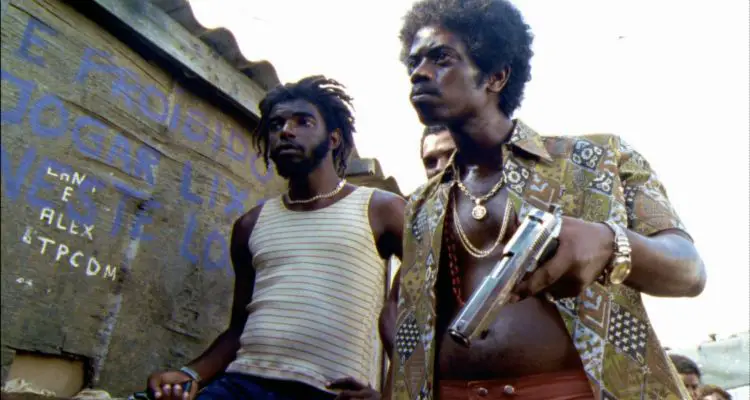
Massive film lover. Whether it's classic, contemporary, foreign, domestic, art,…
Nowadays it’s fair to say “gangster films” are in a league of their own, no longer thought of as sub-genre of the action film. Thus freeing them to operate on an entirely new frequency in the model created by earlier classics such as The Godfather or Goodfellas. These movies are indeed classic but have you ever thought about organized crime outside of the United States?
Sure, the Italian mafia is frequently depicted in American cinema and television, but what does organized crime look like in the modern day streets of Naples, Italy? Or what about the Triad in China, or the Japanese Yakuza? Gangster films, most commonly affiliated with mob or mafia is a derivative of the Italian mob, but gangsters come in all forms, from all around the world.
This multitude of criminal factions can be seen in the gangster films from around the world and at times even outdo, or outgun the more traditional modern gangster classic as we know it. Here is a list of ten great gangster films from all around the world.
10. A Bittersweet Life (2005, South Korea)
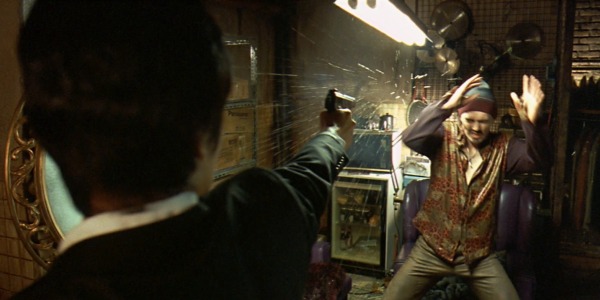
Kim Jee-woon’s (director of A Tale of Two Sisters) A Bittersweet Life is a hard-hitting gangster film, drawing on classic film-noir themes driven by an unstoppable, unbeatable, and utterly determined protagonist who is set on terminating anyone who tries to stop him.
A Bittersweet Life is a pleasure in that it has the classic “one man vs. everyone” component to its story, and the lead Lee Byun-hun is great as the stoic avenger. But the film is guided by a love story, and fraternity and brotherhood are the causes of the films contention. Kim Jee-woon uses the genre’s major characteristics and plays it against type, thus also letting some air out of the genre’s familiar territory.
Kim Jee-woon’s film is a tough, gritty and slickly stylish gangster film that has what a lot of other films of the genre do not have: a love story. Don’t think this softens the punch this movie packs, its strength and vigor never ceases to wean, just like the films main character; perhaps it’s some form of catharsis for the director? South Korea has been responsible for some of the most technically slick and stylistically violent films over the past decade, but their interpretation of the gangster picture is a great contribution to modern cinema, and A Bittersweet Life is a cut above the rest.
9. The Long Good Friday (1980, United Kingdom)

In mafia movies we usually see the “rise and fall” of an everyday hoodlum, creating a criminal empire only to fall on their swords, or to have their ambition get the best of them. Bob Hoskins’ searing portrayal of bourgeoisie gang boss Harry Shand has already made it to the top, and is doing well for himself, all low ranking gangsters and the police are in his pocket, and American investors cross the pond to investigate a profitable business venture with Shand. With all this going for him what could possibly go wrong?
Well, as the title suggests, the bulk of the films action takes place on Good Friday when Shand’s empire crumbles before his eyes by unseen and unbeatable forces. What follows is a stunning character-driven gangster film led by an energetic performance from Hoskins, and an equally captivating Helen Mirren whose stunning beauty, intelligence, and wit as Shand’s wife is the perfect yin, to his sometimes animalistic yang. As far as strong women go she makes Diane Keaton’s Kay Adams character in The Godfather look like a mute waif in comparison.
What makes The Long Good Friday so important is that it’s a film that exists in its time and place, and could not be made outside its setting and time frame. A product of its era that shines in every aspect: from its jumping synth score, political congruity, powerhouse performances, and singular representation of English customs, playing out against a canvas of economic change makes for a gangster film unlike anything you’ll ever see.
8. Gomorrah (2005, Italy)
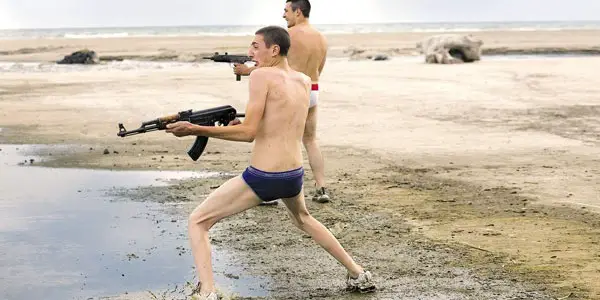
When it comes to the Italian mafia, American audiences frequently think of the Corleone’s The Godfather or the more recent Soprano family. But the criminal enterprise going on in the streets of Naples is a lot less glamorous and appealing.
Matteo Garrone’s film Gomorrah feels like a strong cup of coffee when compared to other films in the genre. Sown from the seeds of it postwar, neo-realist forefathers, paired with the sobering adaptation of Roberto Saviano’s exploration into Italy’s strongest organized crime syndicate (the Camorra) Gomorrah is one of the most imperative studies in the genre.
The narrative centers on five different storylines: Don Ciro, a money handler who compensates the families of imprisoned gangsters. Toto, a thirteen year-old grocery runner who returns a discarded package of drugs back to the gangsters after a police raid. Roberto, a trucker who is involved in the dumping of toxic chemicals, Pasquale, a meek tailor who works at a textile mill owned by the Camorra. And finally Marco, and Ciro, the most telling of the bunch. They are two hot-blooded youths, thanks to their delusions of grandeur emulate gangster such as Tony Montana and will do anything (within logic) to join the ranks of the Camorra. The resulting mosaic of crime on all levels is frightening in its stark portrayal but rewarding all the same. It’s a far cry from anything we are used to.
Gomorrah shows the darkest side of humanity without shying away from the grim details of organized crime. If there were more films like this people certainly wouldn’t glorify the mafia.
7. Sonatine (1983, Japan)
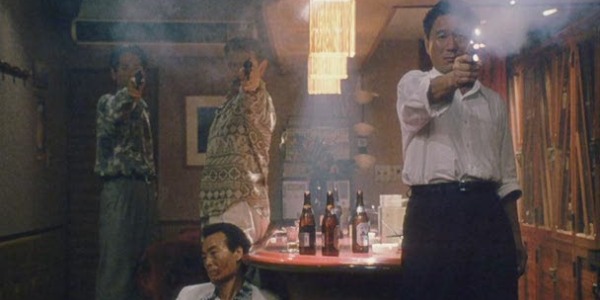
Sonatine, one of the many Yakuza films helmed by modern day wunderkind of modern cinema, Takeshi “Beat” Kitano. Not only is he the film’s director, but the star, writer, producer, and editor. So many credits might seem excessive but his restless sense of genius lend these credits to over a dozen of his productions, and Sonatine is easily his best film.
Unlike most Yakuza films from Japan, Kitano imbues his pictures with a wry sense of humor, equally deadpan as it is dark. Sonatine walks the path of a relatively routine Yakuza story (by Kitano standards) while the maverick director strays from convention every step of the way. Rival gangs clash, and to evade any further bloodshed Murakawa (Kitano’s character) relocates his clan to a beach-side property while negotiations are worked out. What follows is an uncharacteristically comedic midsection where Yakuza members play games, shoot cans off each other heads, play with fireworks, and throw Frisbees around. Despite the comedic tone, the film frequently shifts to scenes of brutal violence. The violence portrayed is graphic, but Kitano blends it with style and wit, adding a sense of irony to the brutality.
The movie comes from a new voice which dictates his vision in such a fresh manner, but some tropes of the Yakuza film are firmly in place. Beat Takeshi’s character is stone-faced and like many antiheroes is willing to die with dignity. Sonatine is a film from a director with vision and style and is easily one of the unique voices worth following inside and outside his gangster efforts.
6. Mesrine Part 1: Killer Instinct/Part 2: Public Enemy No. 1 (2008, France)
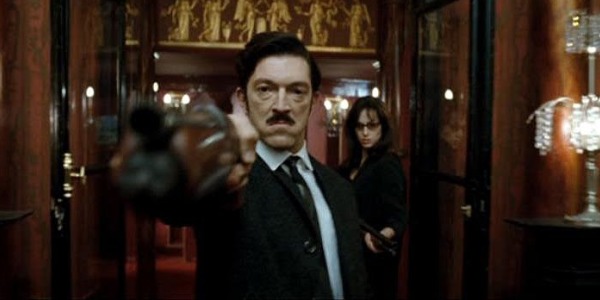
These two movies chronicle the exploits of real-life gangster Jacques Mesrine, and span a great wealth of time, capers, robberies, jailbreaks, romance, with no shortage of bloodshed. Vincent Cassel delivers a spirited performance as the larger than life career criminal whose true-story is something that is stranger than fiction.
Although Mesrine’s life of crime is more than enough content to span to feature-length films, they compliment each other and are paced briskly enough to feel like one cohesive narrative thread. Director Jean-François Richet may not be the most original or insightful filmmaker, but he succeeds in making a fast paced and exciting gangster movie in the epic mold that is agile and holds your attention for both films. Mesrine’s rise to power in the first film Mesrine Part 1: Killer Instinct, and his life as a self stylized criminal celebrity in Mesrine Part 2: Public Enemy #1 are equally compelling.
Vincent Cassel is explosive as the titular gangster as we see his life in the Algerian war, to small time criminal to, as the second films title implies, “Public Enemy #1”. Mesrine’s exploits might make your jaw drop, and it’ll even drop lower if you do your fact checking and see the little amount of embellishment taken on the filmmaker’s part.
More of a blockbuster film than thought-provoking treatise on the nature of the criminal mind, Mesrine will entertain you every step of the way if you’re willing to overlook its lack of originality.
5. City of God (2002, Brazil)
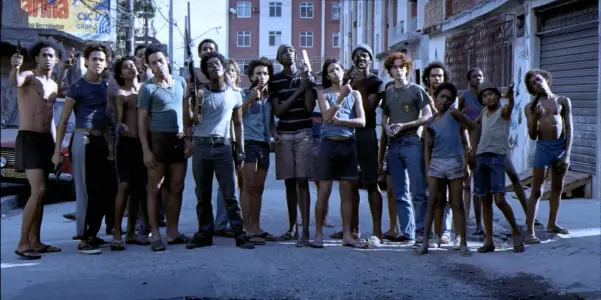
One of the most stylish, trendsetting films of its era has gotten the wide praise it deserves. City of God has been seen by many, but can always be turned on to more people considering just how great a film it is.
City of God felt incredibly powerful when it was released in 2002, and feels just as powerful now, and won’t lose any of that power for years to come. The film is just that potent, and its raw style through its performances and technical style, make the movie feel crisp and dissimilar to anything of its kind.
Taking his cameras to the streets of Rio de Janeiro, utilizing neo-realist techniques (non-professional actors, locations shooting, recreating actual events) Fernando Meirelles crafts a jarringly real cinematic experience. You don’t watch a film like City of God, you experience it, and that endorsement is no oversight. The characterizations and stark realism ring true with repeated viewings and should be seen by everyone. A true masterpiece in and outside of the genre.
4. Le Deuxième Souffle (France)

Anyone who subscribes to the misguided stereotype that the French aren’t tough obviously haven’t seen the films of the master filmmaker Jean-Pierre Melville. His gangster movies feature characters so tough, so stoic, whose adherence to their code of honor gives some of the noblest samurai a run for their money. Out of his various gangster heist movies, (Bob Le Flambeur, Les Doulos, Le Cercle Rouge, Le Samorai, Un Flic) Le Deuxième Souffle feels like the best example of a Melville gangster film.
Following the escape of famed criminal Gustave “Gu” Minda (played by Melville regular Lino Ventura) and the ripple this causes in the underworld involving the blackmailing of his fiance and the relentless pursuit of a no-nonsense police detective played by Paul Meurisse adding another dimension of intrigue to this noir infused tale.
Like Jean-Pierre Melville’s previous efforts, the films thematic preoccupations with stoicism and methodical restraint weave into a richly drawn portrait of criminal ethics and procedure. The films heist is drawn out with a diamond cutter precision, and the ritualistic behavior of the films protagonist further solidifies his presence as a stone-faced badass.
The gangster films from the maverick director are so distinctive they might as well be in a genre of their own. Their delicate pace, attention to detail and execution border on perfect, and improve with subsequent viewings.
3. Election (2005, Hong Kong)
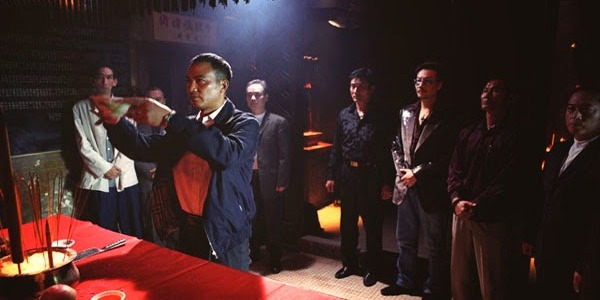
Every two years the Wo-Sing criminal syndicate holds an election to name their new chairman. Who would have thought that gangsters could be so democratic?
After action maestro John Woo left Hong Kong, Johnnie To rightfully took the place of first chair and has been dazzling audiences with his technically sound, and exciting action films for over twenty years now. Election is a great film not for its level of action but for its in-depth look at the various traditions and customs of the Triad crime syndicate.
Starring some major stars of Hong Kong, the film’s warring leads Lok (Simon Yam) and Big D (Tony Leung Ka-Fai) feud over the results of Wo-Sing’s election results. Lok, the deserving victor, becomes the object of disdain to hotheaded Big D, motivating an explosion of infighting, intimidation, and torture to garner votes in his favor. Politicians call for recounts, Triad gangsters lock people in crates and throw them from hillsides.
Election reflects modern political and economic anxieties Johnnie To’s confident direction echoes the technical prowess of Michael Mann, with the exploration of the underworld so clearly one can only think of the precision of Jean-Pierre Melville.
2. The Yakuza Papers – Battles Without Honour and Humanity (1973, Japan)
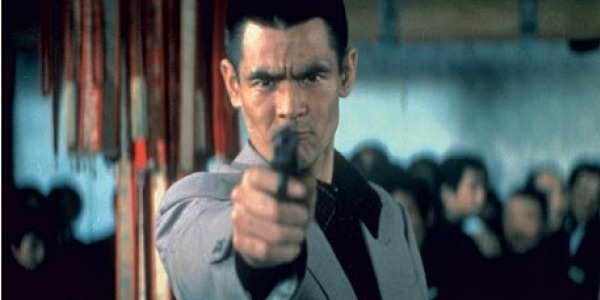
Kinji Fukasaku, one of Japans premier directors, and expert auteur of the Yakuza film, made the first dive in what would become an eight-part series (five official sequels, three unofficial). Even though there are no real “weak” entries in the series, it’s hard to say which is the “best” either, but it never hurts to point out the first entry in a series.
The pairing of director Fukasaku and leading actor Bunta Sugawara is just as significant as that of John Ford and John Wayne. Sugawara plays disillusioned soldier Shozo Hirono, who ironically becomes a sworn brother of the Yakuza while serving a prison sentence for murdering a Yakuza in the black market. Following his release, Hirono is used, abused and manipulated through the crooked system of Japan’s various criminal families in the bombed slums of Kure City.
William Friedkin has openly admitted that he borrowed from Fukasaku’s raw stylistics in regards to his seminal 1971 film The French Connection. Fukasaku spares the viewer no detail in depicting the various ranks and member’s of the Yakuza. Real life skirmishes are replayed in the actual areas they took place, and Fukasaku’s camera is frenzied in the action scenes. Title cards of murder victims, their names and times of deaths populate the screen and would be a trademark of his films to follow all the way up until his later day classic Battle Royale.
The Yakuza Papers – Battles Without Honor and Humanity is gritty, tough, and believable, as well as serving a template of inspiration for films to follow in its path. Fukasaku would direct over fifty films in his career, and his Yakuza films are some of the best of the genre.
1. City on Fire (1987, Hong Kong)
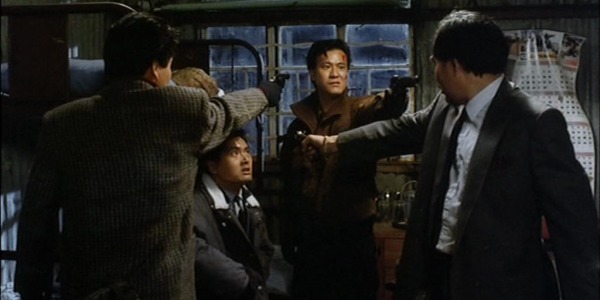
Of the many action films from Hong Kong, Ringo Lam directed some of the most gritty titles, and his classic movie City on Fire is his best.
The superstar leads of City on Fire are Chow yun-Fat and Danny Lee, whose on-screen chemistry has been proven time and again. As an undercover cop infiltrates a dangerous band of robbers who plan to rob a jewelry store, a bond is formed between the cop and the gang leader. Ringo Lam directs a straightforward film about morality, loyalty and just how flexible they can be even between the unlikely allies of criminals and police.
City on Fire goes one step beyond the average Hong Kong Bullet Ballet with psychological complexity and gritty violence. The type of heroic slow motion bloodshed we consistently relate to Hong Kong action films is nowhere to be found in Ringo Lam’s depiction of the underworld. If the plot sounds familiar it’s because City on Fire was the inspiration for Tarantino’s debut film Reservoir Dogs.
What can you learn from gangster films made outside of Hollywood? Is there such big difference between contrasting countries and their portrayal of organized crime? Frankly, yes, there’s a huge difference, and it varies from country to country. Instead of glorifying a life of crime some cultures abhor it, others record true events as a cautionary tale; others simply set out to entertain while some examine the criminal mind with Zen philosophy.
At the end of the day, it’s a testament to the global language of film as we see the referencing, cross-referencing and inspiration as this sub-genre has evolved into a worldwide phenomena.
How do you like foreign gangster films? Do they rank alongside the other commonly regarded classics? Please share your thoughts below!
(top image: City of God – source: Miramax Films)
Does content like this matter to you?
Become a Member and support film journalism. Unlock access to all of Film Inquiry`s great articles. Join a community of like-minded readers who are passionate about cinema - get access to our private members Network, give back to independent filmmakers, and more.
Massive film lover. Whether it's classic, contemporary, foreign, domestic, art, or entertainment; movies of every kind have something to say. And there is something to say about every movie.













